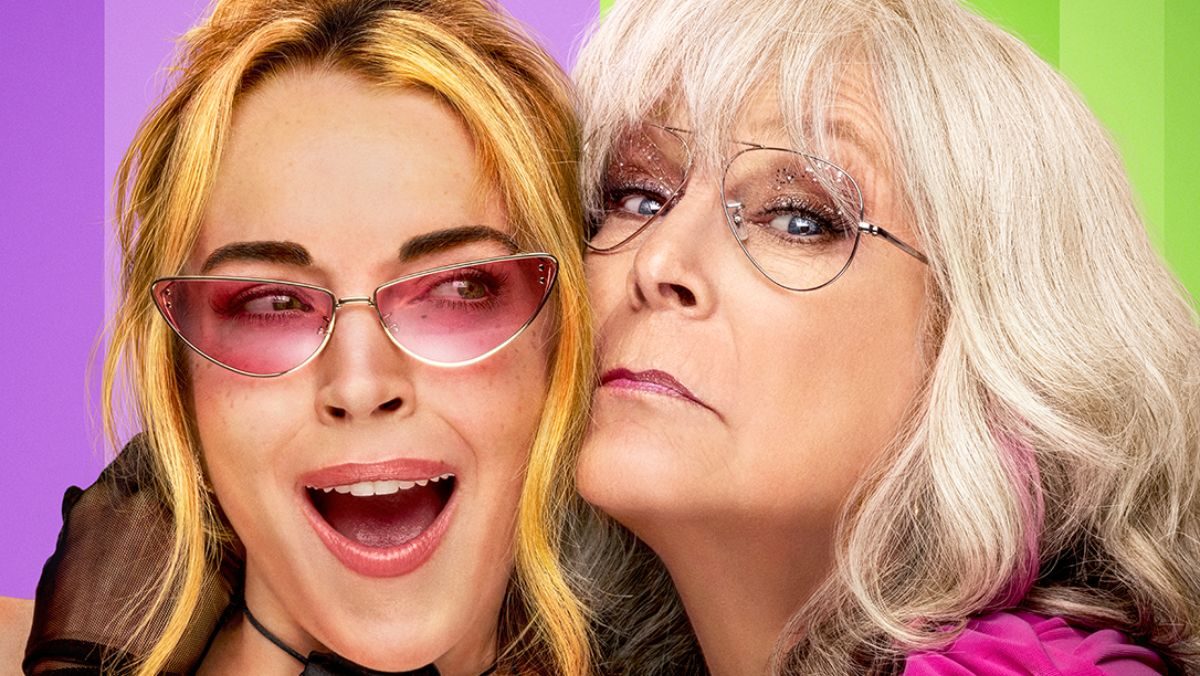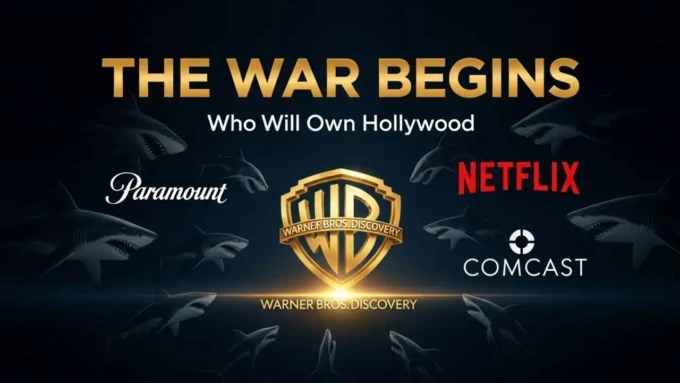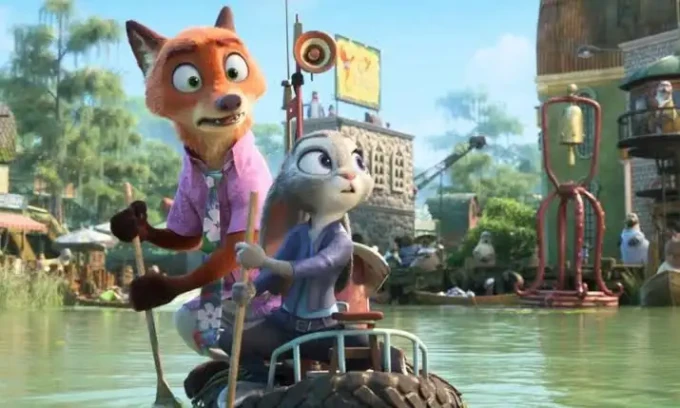The release of “Freakier Friday,” the sequel to Disney’s 2003 hit, has ignited discussions about Hollywood’s increasing dependence on nostalgia-driven content. Critics argue that the film’s attempt to recapture the original’s magic falls short, highlighting a broader industry trend of recycling familiar properties.
Directed by Nisha Ganatra, “Freakier Friday” reunites Jamie Lee Curtis and Lindsay Lohan as Tess and Anna Coleman, respectively. The plot introduces a quadruple body-swap involving their daughters, Harper and Lily, leading to a chaotic wedding scenario. While the film features returning stars and a familiar premise, it has been criticized for lacking the charm and sharp humor of its predecessor. Instead, it relies on uninspired gags and outdated humor, according to some reviewers.
This sequel is emblematic of a larger trend in Hollywood, where studios often opt for reboots and sequels to capitalize on established franchises. Recent examples include revivals like “Naked Gun,” “Happy Gilmore 2,” and “Jurassic World Rebirth.” Critics argue that this over-saturation reflects a risk-averse industry prioritizing profit over creativity.
The reliance on nostalgia-driven content has sparked debates about the future of original storytelling in Hollywood. While some audiences appreciate the return of beloved characters, others feel that these projects lack the innovation and freshness of original films.
The success of independent studios like A24 and Neon, which focus on original, human-centered storytelling, suggests a potential shift in audience preferences toward more inventive filmmaking.
“Freakier Friday” serves as a case study in Hollywood’s current approach to filmmaking, raising questions about the balance between nostalgia and originality in the industry.












Leave a comment